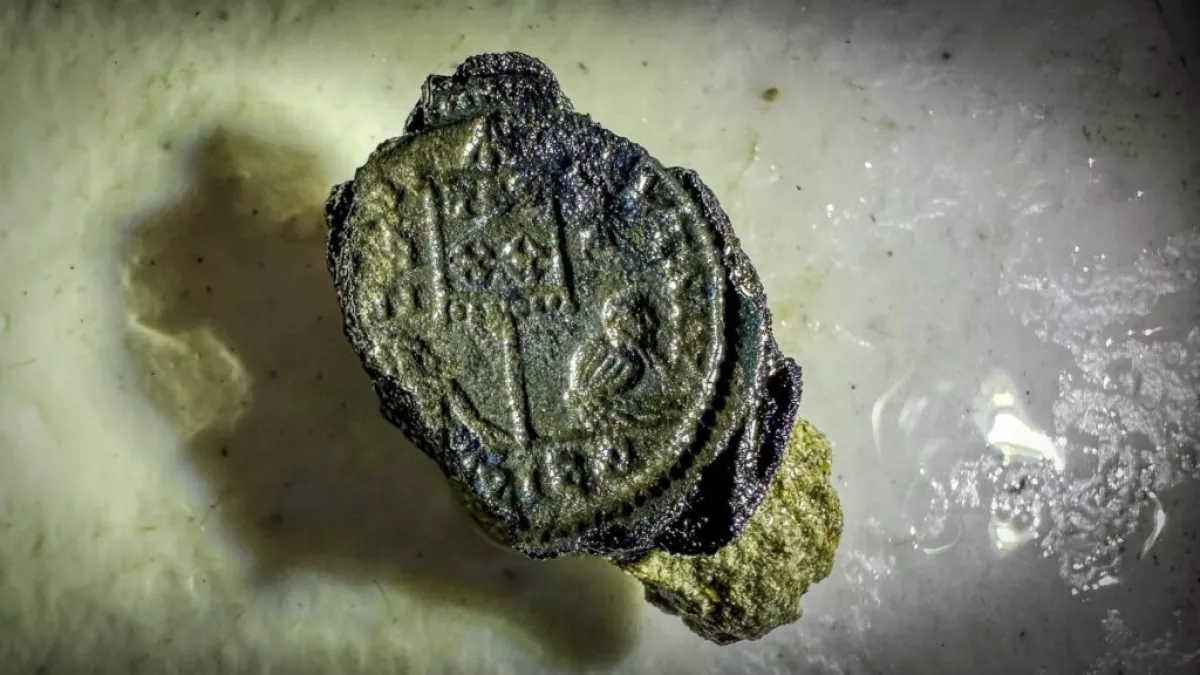Mallorca’s hidden Roman shipwreck brings 1,700 years of history back to surface
Just meters below the turquoise shallows of Mallorca’s Playa de Palma, archaeologists have uncovered a remarkably preserved Roman merchant ship—sunk around 1,700 years ago and still laden with its cargo of olive oil, wine, and fish sauce.
The discovery, hiding in plain sight off one of Spain’s busiest beaches, is offering an unprecedented glimpse into the bustling trade networks and shipbuilding expertise of the late Roman Empire, Arkeonews writes.
The vessel, known as the Ses Fontanelles wreck, was first spotted by local swimmer Félix Alarcón, who noticed wooden fragments jutting from the seabed during a morning dip. His report to local heritage authorities sparked a full-scale underwater excavation that revealed a 12-meter-long ship astonishingly intact beneath the sand.
Archaeologists dated the wreck to the mid-4th century CE after finding a coin minted in Siscia (modern Croatia) around 320 CE beneath the mast. They believe the merchantman had departed from Cartagena, a key Roman port on Spain’s southern coast, bound for destinations across the western Mediterranean with its valuable cargo of olive oil, wine, and garum—a prized fermented fish sauce traded across the empire.

According to Professor Enrique García of the University of the Balearic Islands, the preservation is “extraordinary.” The ship was swiftly buried by sand after it sank, sealing it from oxygen and decay. Many amphorae were found still sealed, while the wooden hull and deck timbers retained their structure.
Among the finds were two leather shoes, a carpenter’s drill used for repairs, and an oil lamp adorned with the image of the goddess Diana. Intriguingly, some amphorae bear early Christian symbols, reflecting the empire’s religious transition in late antiquity.

Professor Darío Bernal and his team from the University of Cádiz are studying hundreds of amphorae inscribed with tituli picti—painted trade labels identifying producers, contents, and tax codes.
“These inscriptions offer a direct look into the commercial organization behind Roman trade,” Bernal explained. “They show a highly coordinated system linking producers and distributors across the Mediterranean.”
Scientific analysis confirmed that the clay amphorae originated from southeastern Spain, reinforcing evidence of Murcia’s key role as a production hub for oil and fish sauce in the late Roman period. Researchers also identified five previously unknown amphora types, a breakthrough that may help trace future archaeological finds to specific routes and workshops.
Shipwrecks from the later Roman Empire are exceptionally rare, making Ses Fontanelles a vital time capsule for understanding maritime commerce, shipbuilding, and daily life in the 4th century.
The discovery also enriches Mallorca’s own Roman history: the island, conquered by Rome in 123 BCE, served as a strategic waypoint for Mediterranean trade. Archaeologists believe the merchantman may have sought refuge in a lagoon harbor that once existed where Playa de Palma stands today.
Currently, the ship’s wooden remains lie protected under sand while conservation experts recover and stabilize the artifacts. Dr. Carlos de Juan of the University of Valencia confirmed plans to extract the hull in sections, which will undergo desalination and preservation over the next five years. Once restored, the ship will be exhibited in Mallorca as a showpiece of the island’s maritime heritage.
By Sabina Mammadli








